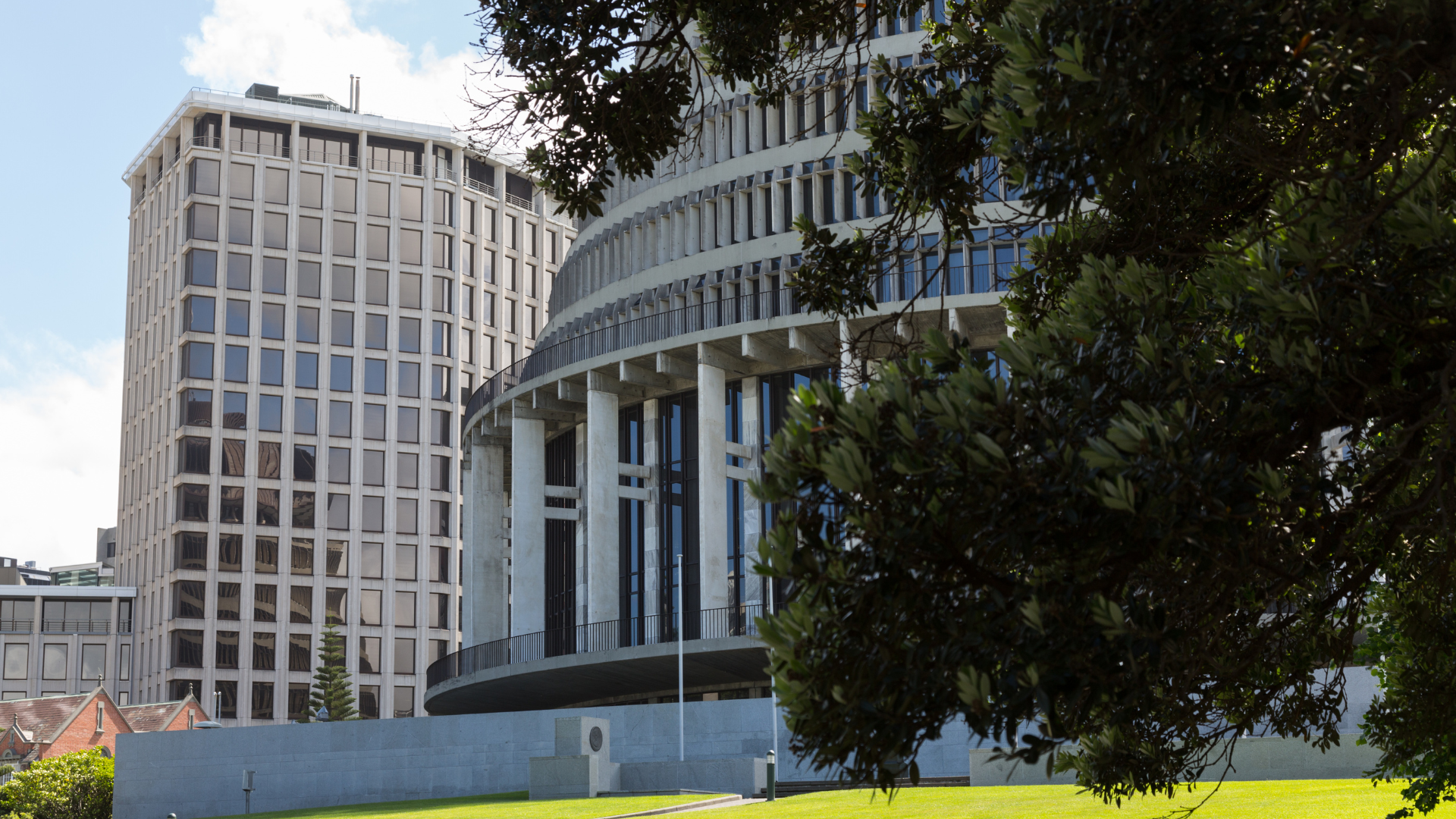How Being Hit by a Land Rover Increased my Productivity
Shannon Barlow • January 5, 2020

On a crisp morning in August, I was out walking my dog Boh early before work. As we crossed the last road of the walk before my house, I looked up and was stunned to see a big dark SUV right in front of me. I put my hand up in a stop signal but distinctly remember coming to the alarming realisation that the car stopping in time wasn’t going to be an option and I was going to get hit. And I was.
I’ve summarised the accident in song form to the tune of Crowded House – Don’t Dream it’s Over.
Hey now, hey now
I got run over
Hey now, hey now
By a black Land Rover
She came, she came
Around the corner too fast
I know that she’s to blame
The paramedic report said I was hit by a Land Rover that had turned right onto the street I was crossing at a speed of 40-60 km per hour. I was flung in the air 1 – 2 metres, landed on my back and cracked my head on the road (but you got most of that from the chorus, right?!). I was knocked unconscious, had a very weird dream (in sepia no less) that I was actually walking Boh along the beach boardwalk in Boardwalk Empire and eventually came-to surrounded by some very concerned faces and vehicles blocking me off from further mishap as I was lying in the middle of the road.
Once I discovered that my dog was okay and I was told that it wasn’t a good idea to try to stand up I think I went into shock as I can’t remember the two ambulances, fire truck and police arriving at the scene. I was very disappointed to learn this later in ambulance #1 on route to Emergency as it meant I had missed another opportunity to have a fireman fall in love with me and us living happily ever after.
To be fair though, I wasn’t looking my best. I came away with a generally battered and bruised body, abrasions to my face, a sprained wrist and a huge laceration to my scalp. I’m extremely thankful it wasn’t much worse - not dying was an excellent result! I did, however, suffer a traumatic brain injury and more than three months later, I am still trying to recover from the effects of concussion and get back to the fulltime job of running a business. This brings me to the point of this blog, how this big traumatic event has in a weird way managed to improve the way I work.
Minimal work time demands maximum focus
I am nearly back to full-time hours now but in the first month or so of returning to work, I could only manage 2-3 hours per day. Which is not a lot of time to get stuff done. I quickly realised that I needed to get the most out of those hours – which you’ll be amazed to know didn’t mean checking emails. It forced me to become a pro at prioritising. To literally ask myself each day, ‘what are the most important things I need to get done today that can fit in three hours?’. Prioritising was the easy part; it was having the discipline (and common sense) to only do the things on my priority list, to stop doing them if they weren’t finished within three hours, and to learn how short three hours actually is and write a shorter list!
Get chunky
I knew that time-chunking was a good idea pre-Land Rover, but it became more necessity than life-hack on the road to recovery. My three hours turned into four x 45-minute chunks. I guess it’s simple maths really, or the mental equivalent of HIIT - putting in a concentrated effort for 45 minutes at a time, is much better than trying to push through for three hours with a sore, fuzzy brain, get distracted by multiple things that aren’t on my list and getting so exhausted I have to have a lie-down. For a day.
Work out your best work style
I’m at my best early morning and even though I wasn’t having to get up early to go into the office, my body clock continued to work on a 5.45 am wake up call. After the first few days of cursing my inability to sleep in, I decided to just go with it, get up and smash out that first chunk of work. When you have the flexibility to arrange your work time around your peak performance zones, make the most of it. I plan to carry this on when I’m back to full steam – work early morning from home and go into the office for the middle of the day, with the added benefit of missing peak hour traffic.
I also worked out that ‘location zones’ are just as important as ‘time zones’. With limited capacity and frequent need for rests, there was no point going into the office if I was doing work that could be better done at home without distractions (not to mention a bed for when I needed a nap!). I learned to compartmentalise my tasks to ‘best done in the office’ and ‘best done at home’ so my time in the office revolved around working with my team rather than independent projects.
You’re not actually indispensable
You can’t go from working 50+ hours to 15-hour weeks without having to let go of some of the things you thought only you could do. I guess Frozen was onto something and being able to let go of some responsibilities was actually liberating. It’s also a good habit to accept help and give others the opportunity to step up. Don’t get me wrong, I did get a narcissistic pleasure from still being the go-to person for crucial tasks, bravely rising from my sickbed to save the day; but it was just as good a feeling to experience the support from the team and see them just getting on with things and keep everything ticking along without me. The message here is to look for opportunities to delegate and to give others a chance to show what they can do before you need them to do it.
The things I have learned can be applied at any time – you don’t have to wait for a major incident! What productivity hacks work for you?
Grow your career and team
Get in touch with Frog Recruitment
Auckland I
Wellington
In business since 2002 in New Zealand, Frog Recruitment is an award-winning recruitment agency with people at our heart. Located across Auckland and Wellington, we specialise in accounting and finance, business support, education, executive, government, HR, legal, marketing and digital, property, sales, supply chain, and technology sectors. As the proud recipients of the 2024 RCSA Excellence in Candidate Care Award, we are dedicated to helping businesses achieve success through a people-first approach.







